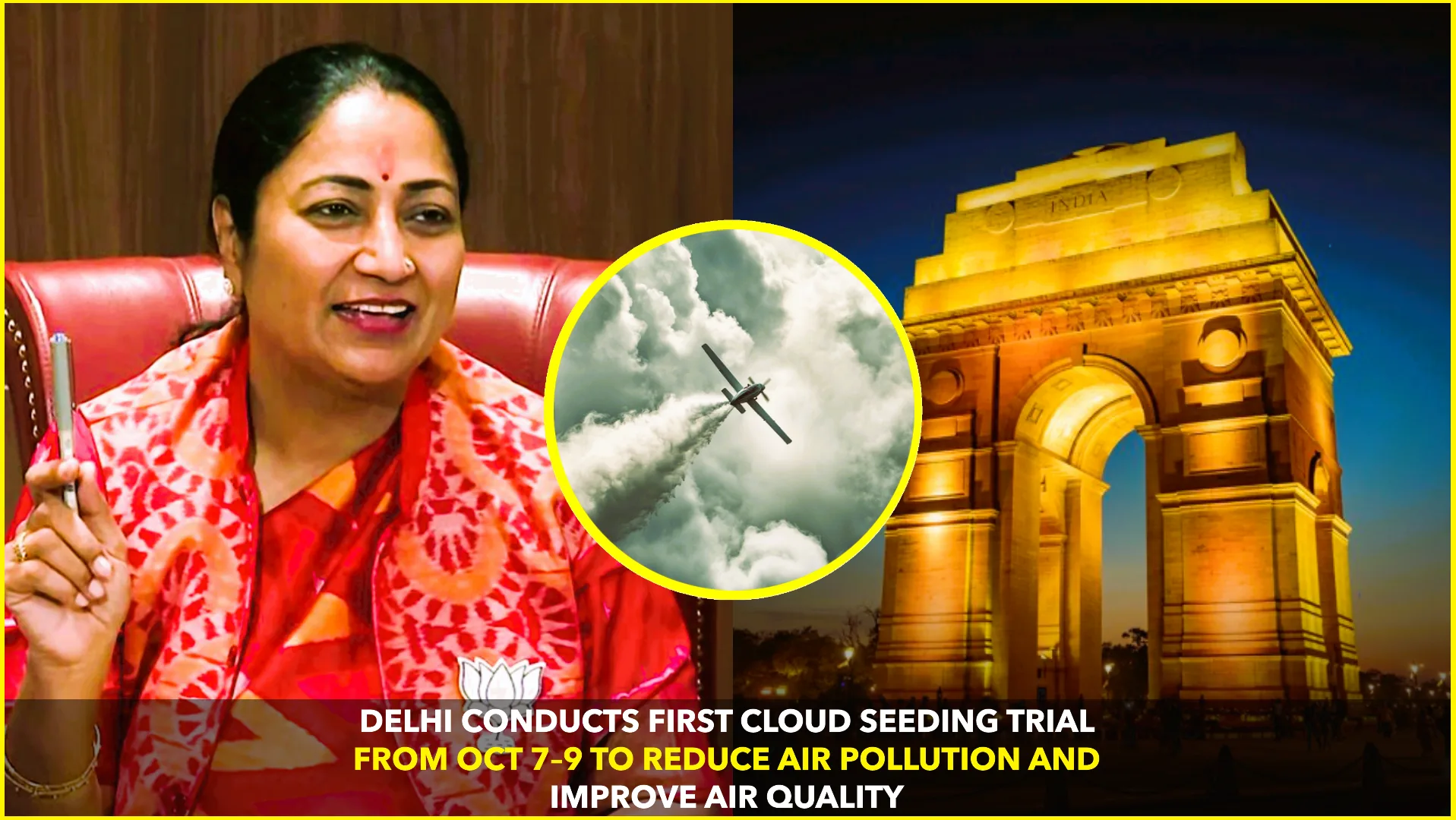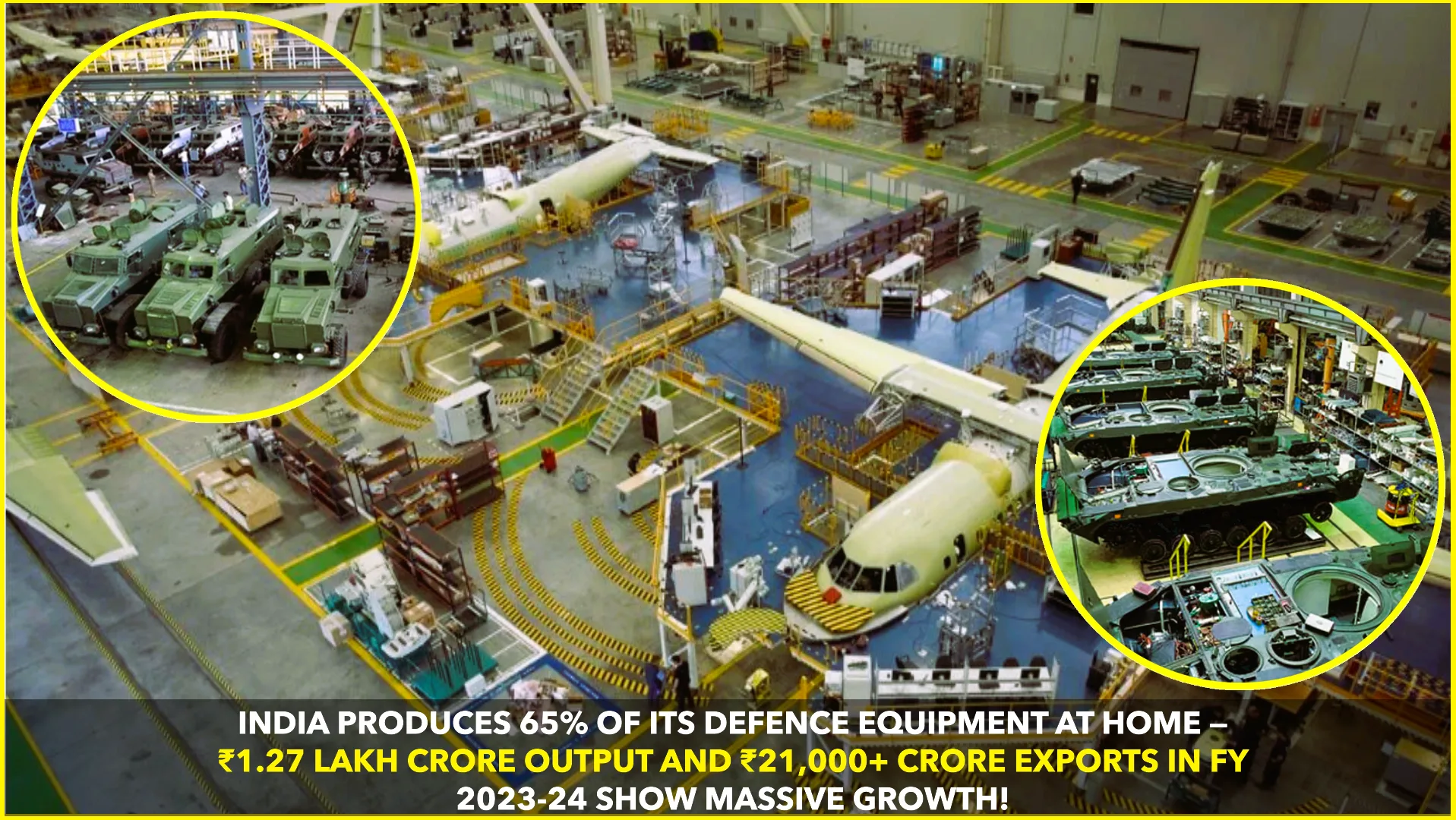In 1994, Japanese engineer Masahiro Hara faced a challenge at Denso Wave: traditional barcodes couldn’t keep up with the growing need to track automotive parts efficiently. His solution? The Quick Response (QR) Code.
A Vision Beyond Barcodes
Unlike standard barcodes that store information in one direction, QR codes store data in two dimensions, allowing them to hold significantly more information. This innovation was crucial for the automotive industry, where parts needed to be tracked quickly and accurately.
Designing for Speed and Reliability
Hara’s team aimed to create a code that could be read swiftly and accurately, even if it was partially damaged. They introduced position detection patterns—distinctive black squares in three corners of the code—to help scanners locate and read the code from any angle. This design ensured that QR codes could be scanned rapidly and reliably, even under less-than-ideal conditions.
A Gift to the World
What truly set QR codes apart was Denso Wave’s decision to make them freely available. Despite holding patents, the company chose not to enforce them, allowing anyone to use the technology without restrictions. This open-access approach facilitated the widespread adoption of QR codes across various industries, from retail to healthcare.
A Lasting Impact
Today, QR codes are ubiquitous. They’re used for everything from digital payments and event tickets to restaurant menus and contactless check-ins. Hara’s invention has become an integral part of daily life, demonstrating the power of open innovation.
Looking Ahead
Even after decades, Hara remains involved in the evolution of QR codes. He envisions future versions that can store even more data, including multimedia content, and continue to serve the needs of an increasingly digital world.
Conclusion
Masahiro Hara’s creation of the QR code was more than just a technological advancement—it was a gift to the world. By prioritizing accessibility over profit, he ensured that his invention could benefit everyone, everywhere. The next time you scan a QR code, remember the humble engineer who made it all possible.
Sources:










